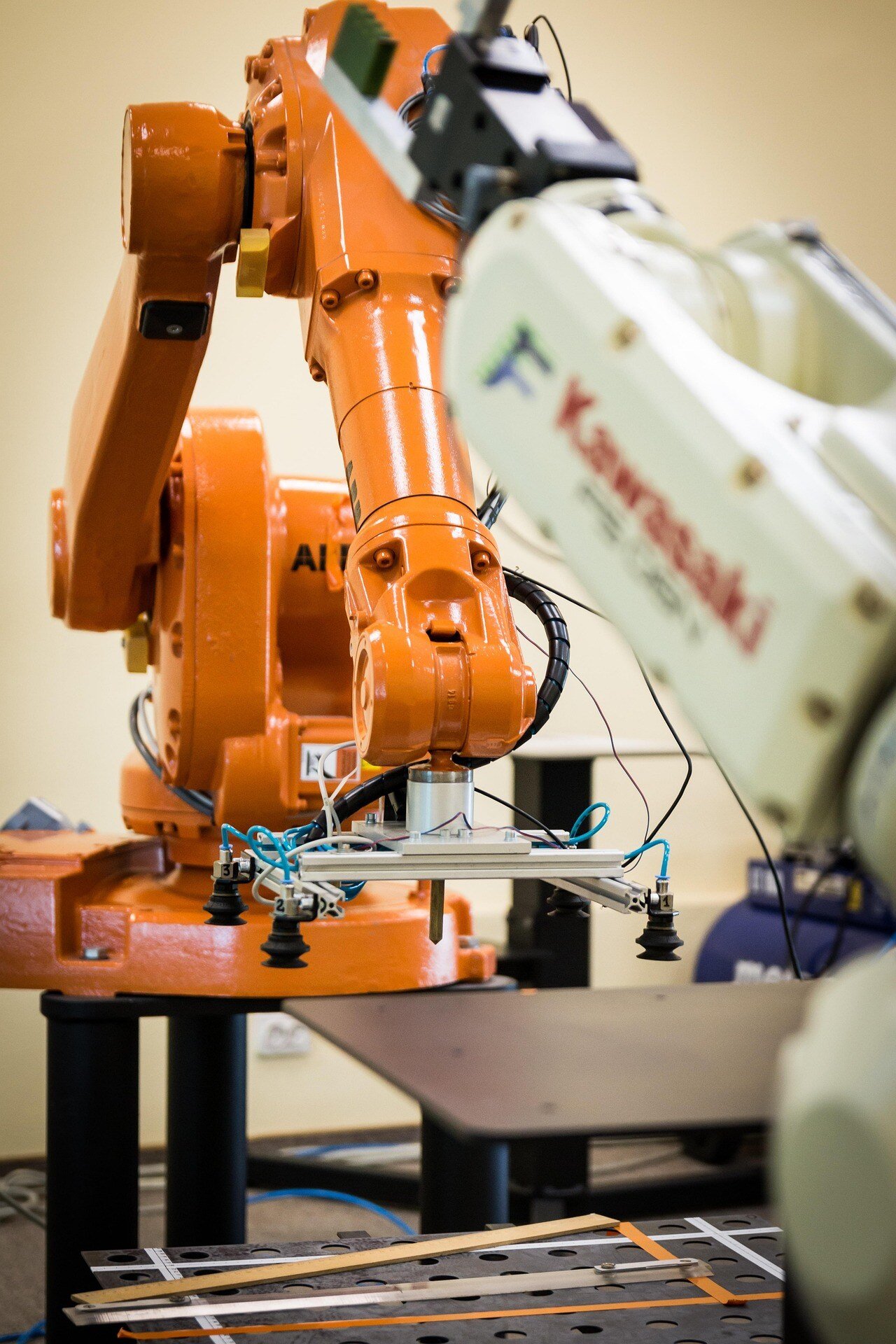How to Keep Projects Moving When Engineering Capacity Hits a Wall

There’s a moment most engineering leaders dread:
You’ve got too much in the pipeline, not enough hands to move it, and no clear path to hire more help. The backlog is real, but growth can’t wait.
If engineering is becoming the constraint, it’s time to explore other ways to keep work flowing. And no, that doesn’t always mean outsourcing or offloading. Sometimes, a better internal strategy makes all the difference.
Here are four ways we’ve seen teams reroute work and relieve pressure—without breaking trust, budget, or momentum.
1. Split your backlog by complexity—not just by urgency
When everything feels urgent, it’s easy to fall into a “first in, first out” trap. But some tasks—like early-stage design or failure analysis—require deep context. Others, like CAD updates, fixture redesigns, or engineering change documentation, are easier to delegate.
Instead of sorting work only by deadline, try this filter:
What can only be done by your internal team?
What could be validated, finalized, or documented elsewhere, if someone had the right context?
This mental shift is often the first step toward getting unstuck.
2. Use short sprints to clear long delays
Sometimes, a two-week delay isn't the result of a two-week project, it’s just that nobody had a half-day to work on it.
We’ve seen teams regain momentum by carving out a one-week “relief sprint” to:
- Finish ECNs that have been half-complete for months
- Prep documentation needed to release tooling
- Knock out CAD work that’s blocking procurement or testing
- Support the launch of a fixture that’s been “almost ready” for weeks
Think of these sprints as momentum resets, not long-term commitments.
3. Delegate smarter, not louder
It’s tempting to “just hand it off” when you’re overwhelmed. But true delegation isn’t about dropping tasks, it’s about transferring context and intent.
If you're looping in another department, vendor, or support partner, ask:
- Do they understand why this task matters?
- Are we aligned on what “done” looks like?
- Have we built in a check-in or feedback loop?
A little context upfront avoids a lot of cleanup later.
4. Look for places where validation beats reinvention
Not every project needs to be built from scratch. In high-mix environments, especially, the goal isn’t always to redesign; it’s to validate that the design still works in a new context.
We've helped teams handle tasks like:
- Reworking old fixture designs for updated SKUs
- Updating legacy CAD files to meet modern standards
- Reviewing tolerancing before releasing a prototype
- Supporting minor design tweaks to accommodate vendor shifts
When engineering time is tight, validation is often your best tool for progress.
Final Thoughts
If you’re feeling the constraint, you’re not alone. Many engineering leaders are facing the same bandwidth crunch. The good news? There are ways to keep work moving, even without adding another full-time engineer.
Whether you prioritize smarter intake, offload lower-risk tasks, or bring in temporary sprints of support, your goal is the same: protect momentum without compromising on quality.
✅ P.S.
At Perception Engineering, we’ve worked alongside teams in exactly this position. If you're weighing what to keep internal and what to offload, we’re always happy to talk through options—no sales pitch necessary. Simply, schedule some time with us.



